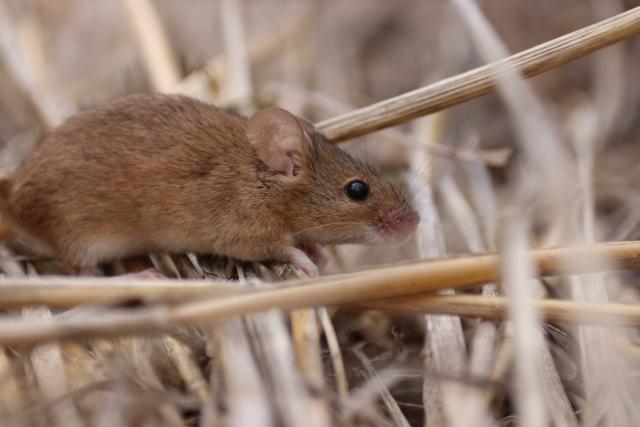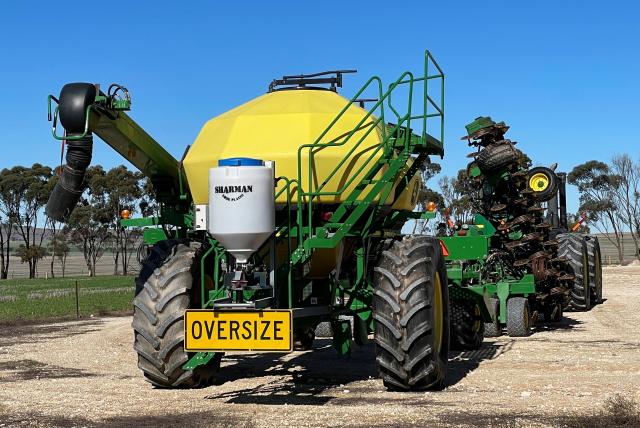
In order to help Australian grain growers, a research project is underway to help reduce crop losses due to mouse damage by optimising bait spreading operations.
Across a large proportion of grain growing regions, mouse populations were higher than average across the 2021 and 2022 seasons, leading to an increased effort in mouse management from growers.
With investment from Grains Research and Development Corporation (GRDC) the project, Guidance for spreading mouse bait to improve efficacy and maintain bait integrity, is looking into bait application techniques to better understand the performance and likely efficacy of various options.
Western Australian agricultural research engineer Ben White is coordinating the project team with technical and practical support from mechanical engineer Josh Giumelli and Victorian machinery specialist Mark Saunders.
Mr White said grower awareness on bait spreading practice was high in regions where mice were a frequent issue, however in areas where mouse activity was less frequent, growers were not accustomed to spreading mouse bait.
“During periods of high mouse numbers – and with the imminent threat of crop losses – growers might access and use spreaders built for other purposes, such as mollusc bait and fertiliser spreaders,” he said.
“As these spreaders are not set-up correctly for applying mouse bait, growers have encountered issues such as scraping of active ingredients from the surface of the grain, blocking of apertures and difficulty spreading at label rates and achieving the required bait coverage.”
Ineffective baiting and poor control increases the risk of crop losses caused by mice and the likelihood additional bait applications may be required throughout the season, creating a significant impact on grower profitability.
In consolation with researchers from CSIRO, Australia’s national science agency, the project has developed a protocol to measure mouse bait spreading distribution uniformity of at least two from each of the four types go ground application spreaders and two aerial application methods:
– 12v adjustable aperture metered spreaders
– 12v roller metered spreaders
– Conventional linkage spreaders (PTO and hydraulic drive)
– Modified metering door belt spreaders (trailing and linkage mounted)
– Fixed wing aircraft
– Unmanned Autonomous Vehicle (UAV).
Researchers from Analytics for the Australian Grains Industry (AAGI) will have an input to analyse and quantify the uniformity of mouse bait distribution from each spreader.
If deemed appropriate, an effective Coefficient of Variance (CoV) will be established, or alternative measures to assess the uniformity of bait distribution in the context of bait spreading will be explored.
“A CoV for bait spreading serves as a tool to gauge how uniformly the bait is distributed within a swath,” Mr White said.
“It helps us understand how evenly or unevenly the product might be spread. In the case of ZnP (Zinc Phosphide), achieving an even distribution is essential to ensure optimal exposure for mice while also adhering to the legal requirement specified on the ZnP label with product rate.”
The project has examined current grower practice through a consultative review, exploring grower, researcher and agronomist experiences with bait spreading options including spinner spreaders, small seed boxes, high velocity air and spreader plates; mounting options including air carts/seeding bars, 4WD vehicles, tractors, boomsprays and two-wheel motorbikes and alternative spreading options including fixed wing, rotary wing (helicopters) and UAVs.
Results are expected to be available to Australian grain growers from mid 2024.








